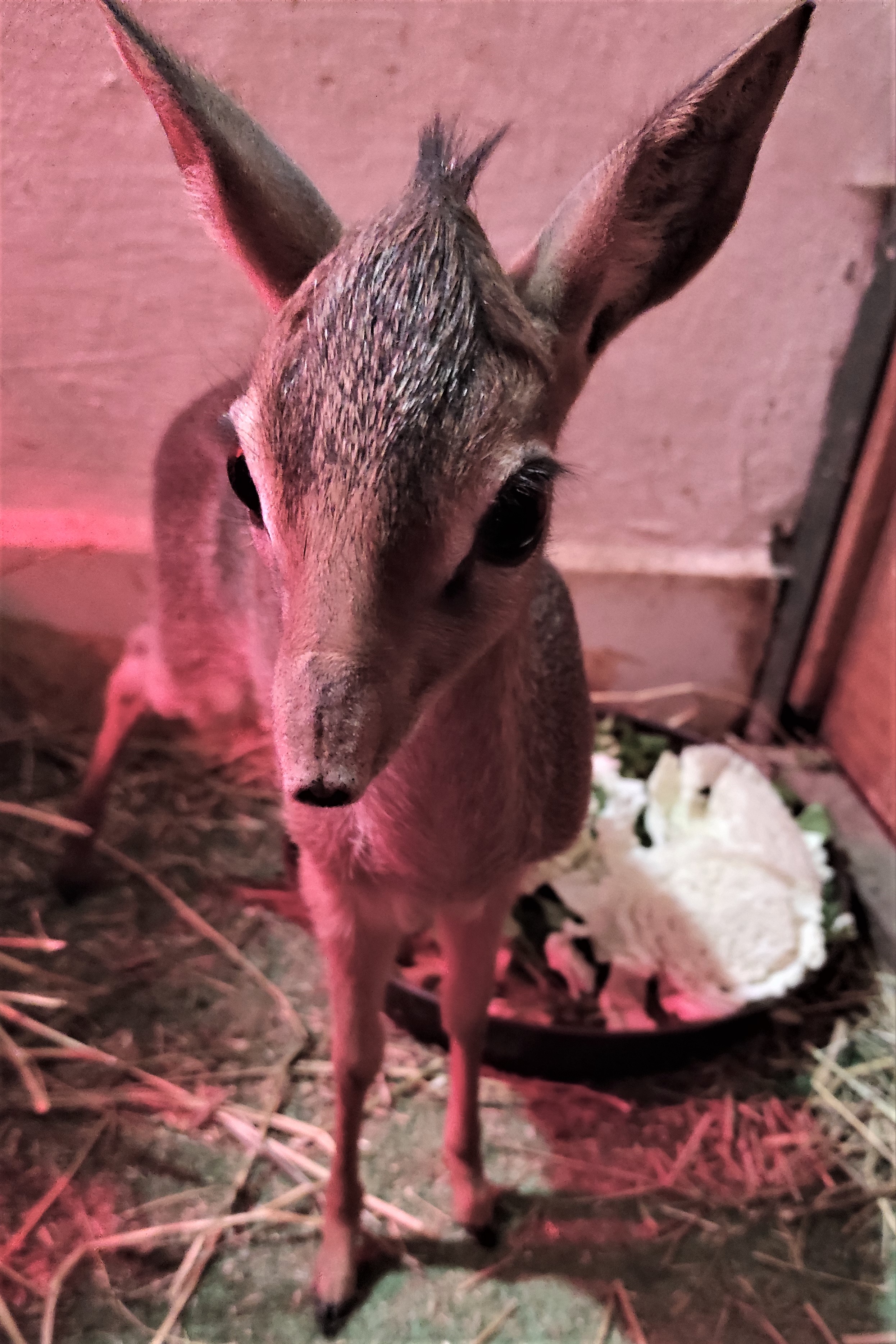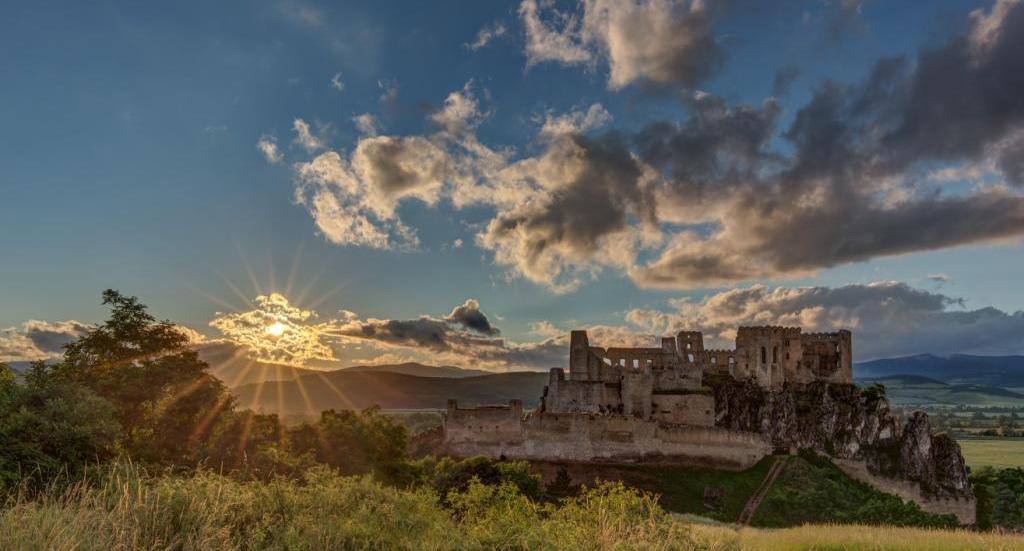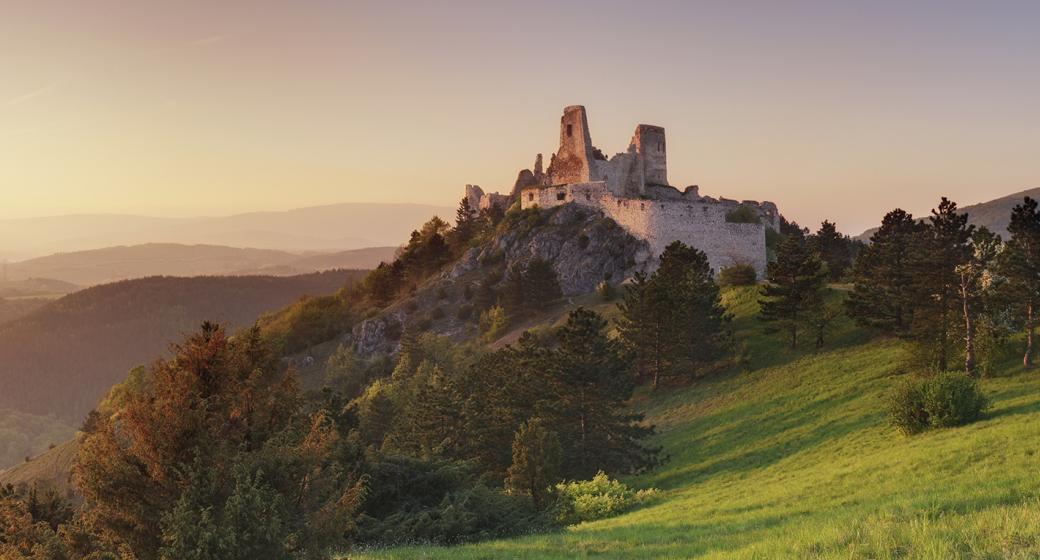


He is a male dikdik Kirkov, who was named Upa. In the language of one of the African tribes of Upa, he means "young man".
Upa was born to a three-year-old female Uno, his father Sheldrik was born in 2014. Our zoo has been breeding this antelope since 2005, we currently breed 7 individuals, three males and four females.
Dikdik Kirkov (* Madoqua kirkii *) is one of the smallest antelopes in the world, a subfamily of antelopodids (* Neotraginae *). It reaches a height at the withers of up to 50 cm and weighs a maximum of 7 kg. This small species of antelope got its generic name in honor of the Scottish researcher and naturalist John Kirk, who also served as governor of the island of Zanzibar. The indigenous name of the antelope is "digi-digi". It aptly characterizes the warning sounds that dikdik makes when suddenly interrupted. The original home of this antelope is Tanzania, Kenya and Namibia. Dikdiky prefer dry shrub savannahs, feeding on grasses, herbs, leaves and fruits. Their natural enemies are lions, leopards, cheetahs, hyenas, hyena dogs, crocodiles and pythons.
They are territorial, they mark their territory with faeces and secretions of the supraorbital gland (gland under the eye). When fleeing from predators, they deftly crank and try to hide quickly. They live in pairs or in 3-4 member groups with one male. During mating, the male takes good care of his partner and drives his juices away from her. Only males have small, about 10 cm high horns. Dikdiky have a longer coat on the head, creating a tuft, which they can raise into the crown. Their extended nose is also interesting. Big eyes are a sign of their early morning and dusk activity. In the wild they reproduce twice a year. After 150 - 180 days of pregnancy, the female gives birth to one cub with a birth weight of 500 g. Females reach sexual maturity at 6-8 months, males at 8-9 months and are involved in reproduction at the age of 12 months. Dikdiky lives 14 years in human care. In European zoos he keeps the studbook ESB ZOO Hannover in Germany, where in 1963 he succeeded in the world's first breeding of this species. Currently, this antelope is bred by about 40 European zoos.
Text: Jaroslav Slašťan
Photo: Bojnice National Zoo

Dominantný a majestátny. Taký je hrad Beckov. Vyrastá zo skaly, je s ňou spätý ako sú s…

Malebná zrúcanina viditeľná už z diaľky na vápencovo-dolomitickom kopci poskytujúca…